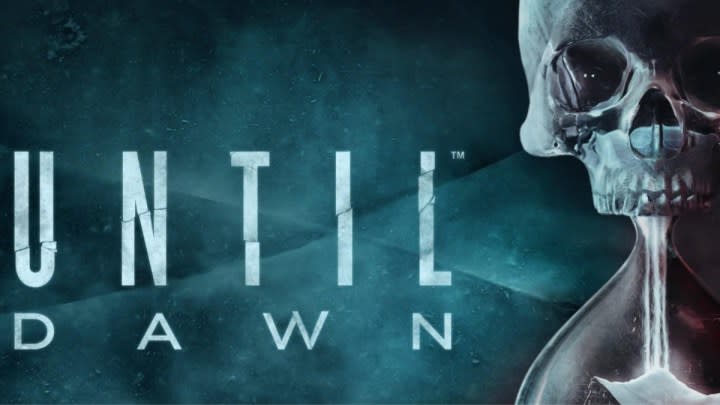Until Dawn: How a Horror Game Redefined Interactive Storytelling

When Until Dawn was released in 2015 for the PlayStation 4, few expected it to become one of the most influential horror games of the decade. Developed by Supermassive Games and published by Sony, Until Dawn carved out a unique niche: a narrative-driven survival horror experience that blurred the lines between cinema and gaming.
Now, with a remastered version on PlayStation 5 and PC, and a film adaptation released in 2025, it’s clear Until Dawn has left a lasting legacy.
The Premise: Slasher Tropes With a Twist
Set on a snow-covered mountain in Alberta, Canada, Until Dawn follows eight friends who reunite at a remote lodge one year after a pair of mysterious disappearances. The group’s attempts to uncover the truth and survive the night form the core of the experience.
From the outset, the game plays like a love letter to classic horror films. It features familiar tropes — the secluded setting, the ominous stranger, the unstable group dynamic — but subverts expectations through interactivity. As the player, you don’t just watch the horror unfold; you shape it.
Gameplay Built on Choice
What truly sets Until Dawn apart is its “butterfly effect” system. Every choice, no matter how small, can affect the narrative and the fate of its characters. Will you investigate a strange noise or stay with the group? Will you save one friend at the cost of another?
These decisions ripple throughout the story, offering dozens of possible outcomes. No two playthroughs are quite the same. The branching paths encourage replayability and force players to question the morality and consequences of their actions. In Until Dawn, no one is safe — and everyone can survive.
Atmosphere and Performance
The game’s cinematic quality is elevated by impressive performances from a cast that includes Rami Malek, Hayden Panettiere, and Peter Stormare. Facial capture technology brought their characters to life with a level of realism rarely seen in 2015.
Combined with eerie environments, dynamic lighting, and a haunting score, Until Dawn creates an immersive world that keeps players on edge from start to finish.
The 2025 Film Adaptation
A decade after the game’s release, Until Dawn was adapted into a feature film directed by David F. Sandberg (Lights Out, Annabelle: Creation). While the movie deviates from the game’s original plot, it maintains the spirit of choice and consequence — this time through a looping narrative in which characters relive horrific scenarios.
Peter Stormare reprises his role as the enigmatic Dr. Hill, offering a bridge between the game and the film. Though met with mixed reactions from longtime fans, the adaptation introduces Until Dawn to a broader audience and reinforces its cultural relevance.
Legacy and Influence
Until Dawn didn’t just tell a compelling story — it changed how we think about storytelling in games. Its success paved the way for Supermassive’s later titles, including The Dark Pictures Anthology and The Quarry, which expanded on its formula.
More broadly, Until Dawn demonstrated that games could deliver emotional, cinematic experiences without sacrificing interactivity. It gave players agency in a genre often defined by helplessness, and that empowerment — combined with dread — made it unforgettable.
Final Thoughts
Until Dawn remains a standout in the horror genre, both for its innovative mechanics and its commitment to player-driven storytelling. Whether you’re returning for the remake or watching the film for the first time, the game’s central message still resonates: your choices matter — and you never know who will survive the night.



